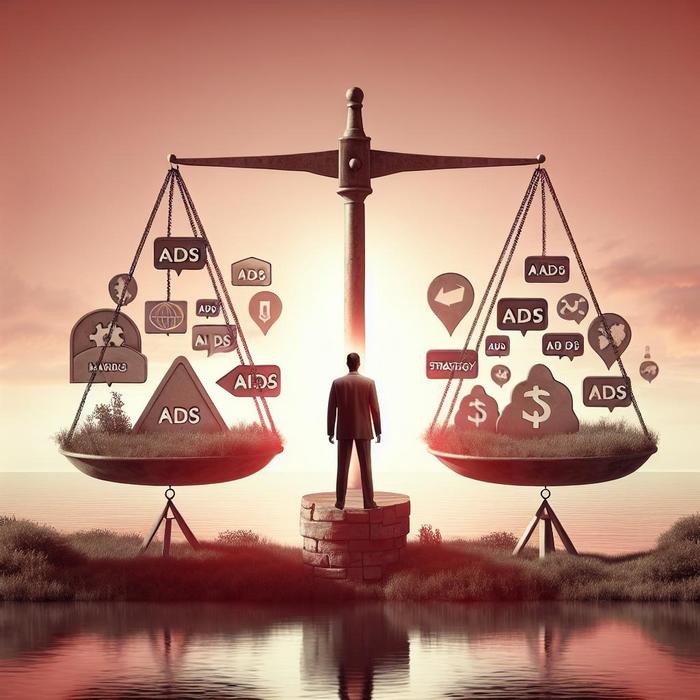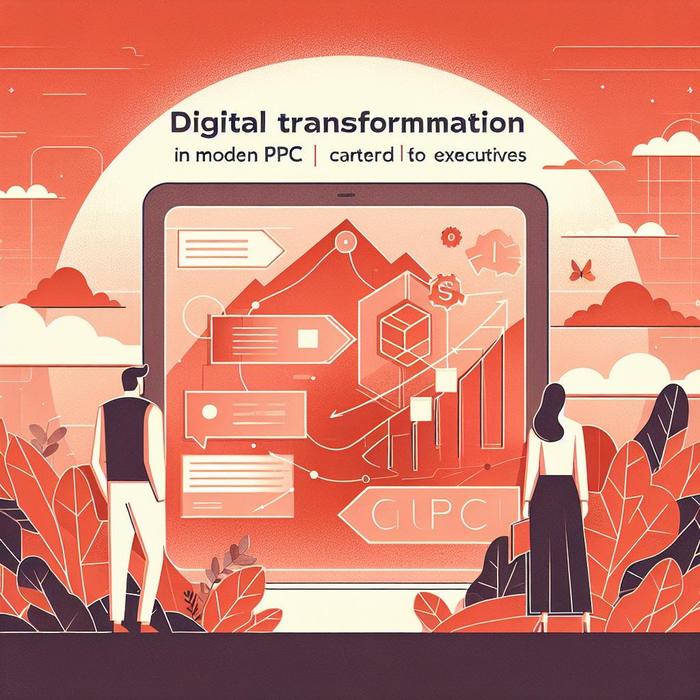A Detailed Comparative Analysis: Google Ads and Meta Ads
As a marketing veteran, I’ve observed first-hand the revolution in the digital advertising space. My journey with online advertising started with Google Ads and grew to include Meta ads, providing a plethora of insights on their diverse capabilities. Remember, the strategic decisions made at the top tiers of management can significantly impact a company’s brand visibility and overall profitability.
Diving Deep into Google Ads
Google, the search engine giant, offers Google Ads as a powerful way to reach consumers. It serves ads to consumers based on their search queries, surfacing your business at the moment they’re seeking your product or service. The platform’s features offer an impressive scale and targeting capability.
- Google Ads provides a broad reach across billions of searches every day. This vast audience, combined with detailed targeting options, allows for maximum visibility and engagement.
- The pay-per-click (PPC) model employed by Google Ads means you only pay when a potential customer interacts with your ad. This way, you can ensure every cent spent has a tangible return on investment.
- With advanced targeting metrics and data analytics, Google Ads enables you to strategically tailor your advertisements to your target audience’s needs, leading to higher conversion rates and a competitive edge.
- The platform’s comprehensive metrics and real-time analytics help in making informed decisions, optimizing campaigns, and measuring success.
My personal experience with Google Ads has been transformational. It provided me with a scalable platform to reach and measure engagement with our target audience, ultimately driving business growth.
Understanding the Power of Meta Ads
Meta Ads, previously known as Facebook Ads, offers a unique approach to online advertising. The platform leverages personal interests, demographics, and behavior to target ads, creating more personalized and engaging ad content.
- Meta Ads offers highly targeted advertising. This platform allows you to reach your target audience on a more personal level by leveraging user data.
- The visual-centric nature of Meta Ads, combined with the ability to share multimedia content, leads to higher engagement rates than other platforms.
- Through its advanced tools, Meta Ads provides the capability to optimize your campaigns, monitor their performance, and gain valuable consumer insights.
- With the option of placing ads on Instagram and Messenger, it offers broader coverage in terms of ad placements.
In my journey, Meta Ads has been an effective tool for engaging our audience in a more personalized and interactive manner. The ability to retarget users based on their online behavior has profoundly improved our conversion rates.
Leveraging The Strengths of Both Platforms
As marketing leaders, the critical takeaway from my experience is that both Google and Meta Ads offer unique strengths. Google Ads shines with its broad reach and search-based targeting, while Meta Ads excels in highly personalized, behavior-based ad targeting.
By leveraging both these powerful platforms, you can maximize your online presence, reach a broader audience, and personalize your marketing campaigns for maximum effectiveness. Drawing insights from global marketing trends, it’s clear that a multi-platform approach is the key to unlocking unprecedented growth.
In the ever-evolving digital advertising landscape, adapting to new trends and technologies is crucial. As industry leaders, our responsibility is to take calculated risks based on data-driven insights, and continuously optimize our strategies to maximize growth and profitability.
Building a Cohesive Multi-Platform Strategy
Strategically aggregating and analysing data from multiple sources is not just an add-on but truly a cornerstone of successful digital advertising. I have seen professionally that harmonizing inputs from platforms such as Google Ads, Meta Ads, and TikTok Ads provide a more comprehensive view of the target market. It enhances visibility of their online behavior, including search patterns, interests, and interactions – critical factors for tailoring impactful marketing communications.
- Ads Manager, for example, has become indispensable in my toolset because of its granular understanding of consumer behavior on social platforms.
- Similarly, keeping abreast with the latest Google Ads strategies enables me to pivot our campaign tactics swiftly with the ever-changing digital landscape.
Establishing this cohesive approach has significantly reduced our ad spend wastage and maximized ROI.
The Power of Personalization
Every brand has a unique story to tell, and so does its potential consumers. Digital advertising equips us with the tools to connect these stories through personalized, compelling content. The customization in ad formats that platforms provide, created room for innovative advertising that resonates with our audience’s unique needs and aspirations.
- While Google showcases its strength in text-based Search Ads, Meta and TikTok emphasize visual storytelling with dynamic photo and video content.
- I discovered how the power of segmentation and personalization on these platforms could evoke emotional responses resulting in high engagement rates and brand loyalty.
It has been a rewarding experience, watching brand stories come alive through visually compelling, emotionally resonant campaigns that drive conversions and customer loyalty.
The Rise of the Triopoly: Google, Meta, and Amazon
Analysis reveals that there’s an emerging third player in this space worth considering – Amazon. Industry reports suggest, Amazon’s rapid growth in the digital advertising market has turned the Google-Meta duopoly into a true triopoly.
The e-commerce giant has carved a niche for itself with its highly transactional nature and its ability to offer marketers direct insight into shopping behaviors and patterns. This uniques data-driven approach can complement our strategies by seamlessly integrating product discovery, evaluation, and purchasing within a single platform – enabling us to drive growth with more targets, more platforms, and more data.
Staying Ahead with Emerging Trends
One thing I have learned through this journey is the vital importance of staying ahead of the curve by tracking the latest trends in digital advertising. The rising adoption of AI in advertising, the growing popularity of platforms like Tiktok and YouTube, and other significant trends are reshaping the digital advertising landscape.
Now, more than ever, it’s crucial to fine-tune our strategies and embrace innovative tools that will enhance our targeting capability, automation, and personalization efforts. Leading with a data-driven and agile marketing mindset will ensure we maximize the potential of our marketing efforts, continue to engage and connect with consumers – driving conversions, business growth, and industry leadership.
The journey through the evolving landscape of digital advertising is truly thrilling. The thrill isn’t just from the ever-evolving features, platforms, and tools, but from the transformations – achieving more significant milestones and fostering deeper connections with our customers.










Interesting analysis. Balancing between Google Ads and Meta Ads can indeed enhance a campaign’s optimisation score and quality score. Diversifying targeting methods, like affinity audiences and keywords, seems key to getting better ROAS and maximising conversions.